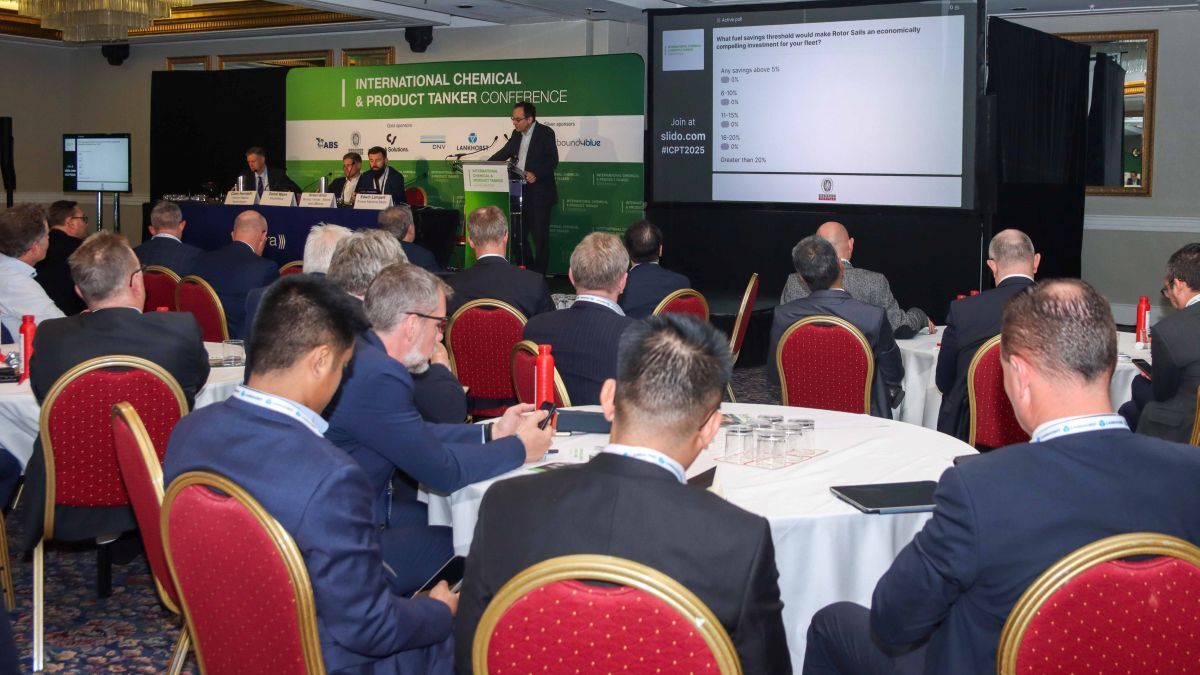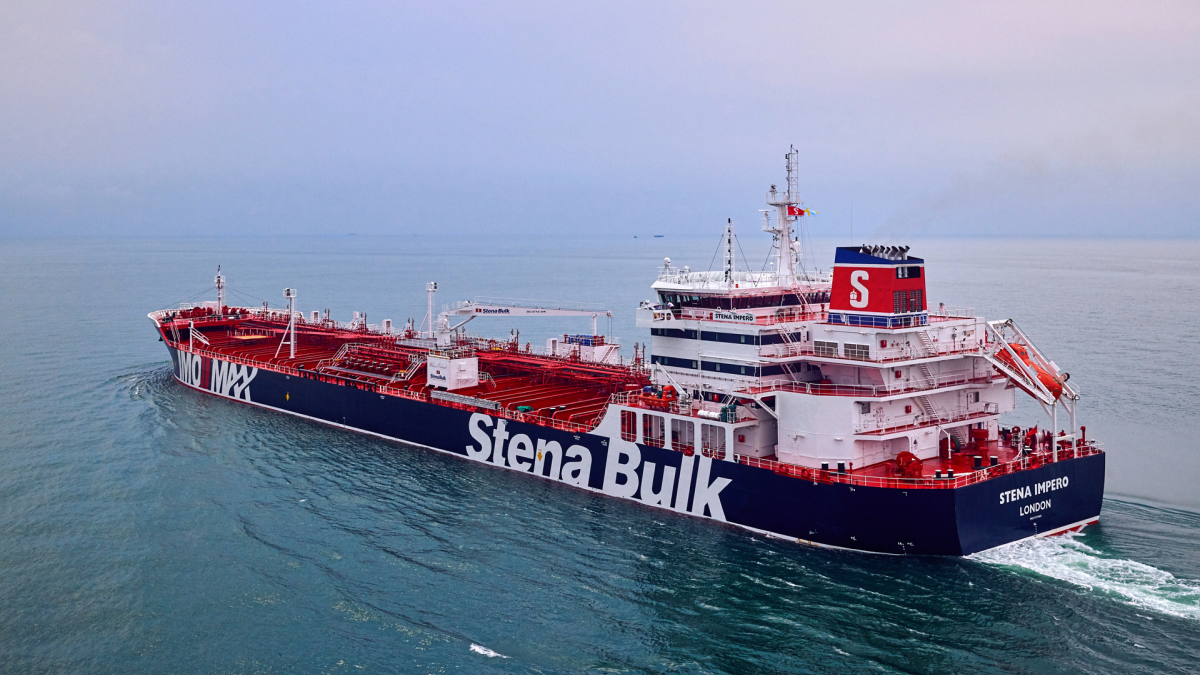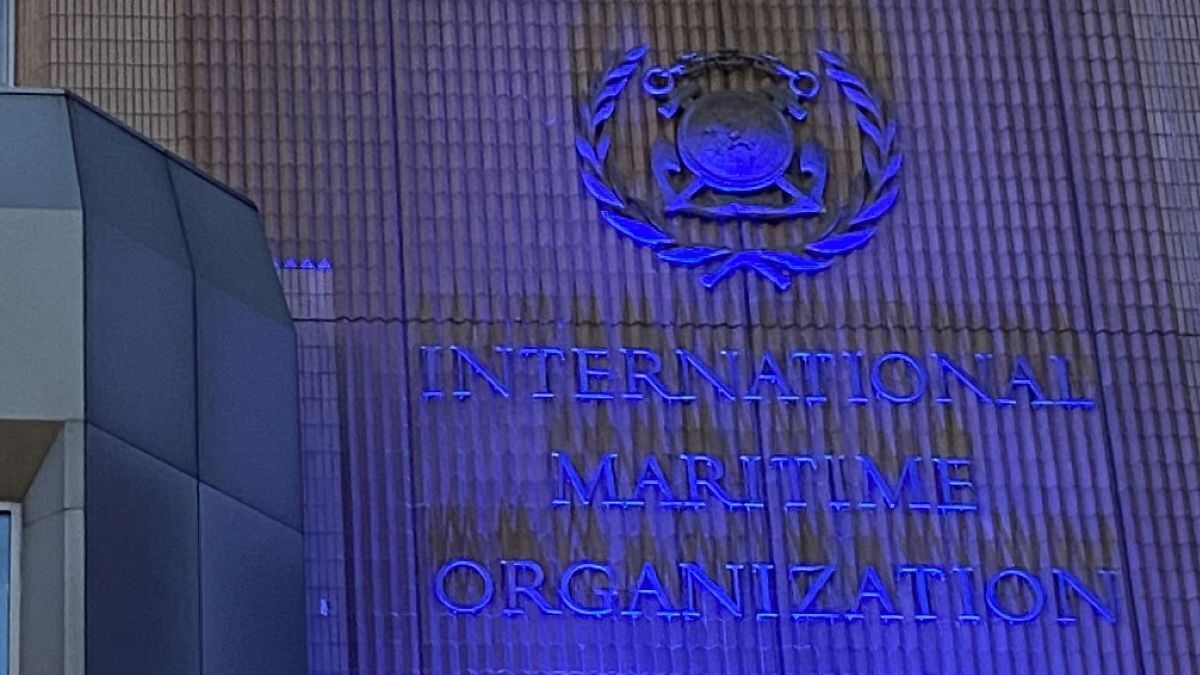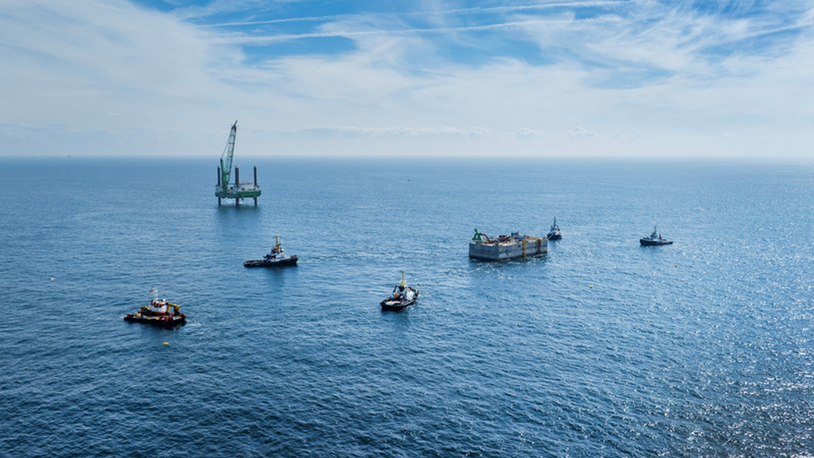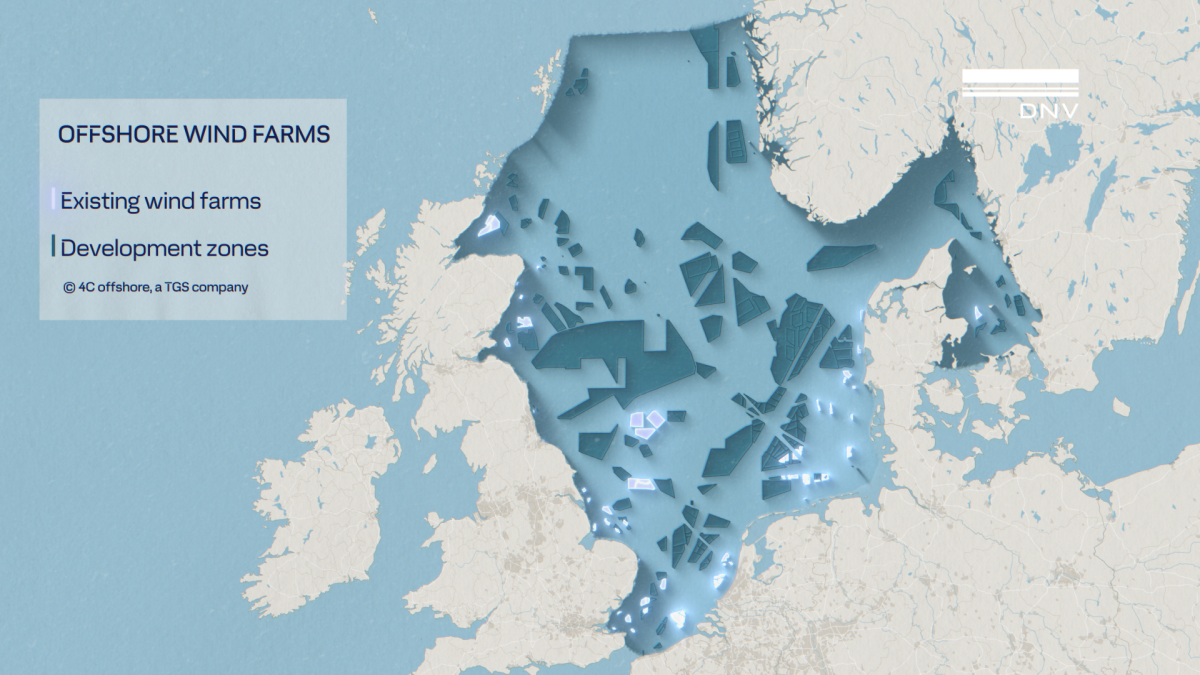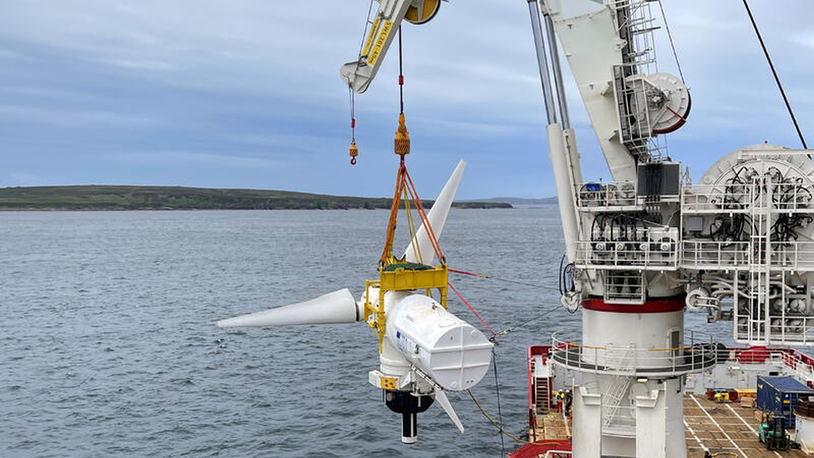Business Sectors
Events
Contents
EFC Group develops rigless intervention system
EFC Group in the UK, a well-known designer and manufacturer of instrumentation, monitoring, handling and control systems for the oil and gas industry, has delivered an innovative rigless intervention system to Baker Hughes which it says is capable of being adapted for a range of applications, including from vessels.
Following a brief from the oilfield services company, Aberdeen-based EFC group developed a system it has called the Mastiff RIS.
The system was initially conceived for well bore tubular extraction during well abandonment and conductor pre-installation activities, but has the potential for useful work in many other offshore well servicing and construction-type activities.
Ted Littlechild, sales director at EFC Group, said: “The Mastiff RIS provides operators with an alternative method for carrying out pipe installation and retrieval operations, which typically require a rig. Using the RIS reduces the cost of abandonment, workover and drive pipe pre-installation operations.”
The Mastiff RIS supports the pulling and cutting of 15m (50ft) sections of 36in (and larger) conductor pipe, inner casing and cement, a significant improvement over casing jack systems which usually work with 1.5m (5ft) sections. The substructure has also been designed to accommodate a wide range of platform layouts to achieve a ‘turn-up and assemble’ capability, without the need for platform modification.
Overall, the design offers a high level of safety, removing the need for working at height. Employing simple, well-engineered principles and mechanisms has resulted in an affordable, portable solution in comparison to traditional approaches.
Mr Littlechild said that the RIS “is highly innovative, with unique capabilities, such as the ability to be quickly dismantled into standard shipping containers, making it easy to transport.”
A spokesperson for the company told OSJ: “Mastiff is suitable for a monohull. EFC designed the RIS primarily for unmanned wellhead platforms; however, with modification the RIS can add value to any well construction activity or workover and completion operations on many platforms and vessels.
“The RIS can be shipped globally in industry standard, ISO-certified containers. Sections of the RIS are then unpacked and transported to deployment location where a typical 13-tonne capacity crane provides first lift and assistance with assembly – the complete self-erection can be completed by a four-person team.”OSJ
Related to this Story
Events
Maritime Environmental Protection Webinar Week
The illusion of safety: what we're getting wrong about crews, tech, and fatigue
Responsible Ship Recycling Forum 2025
© 2024 Riviera Maritime Media Ltd.



